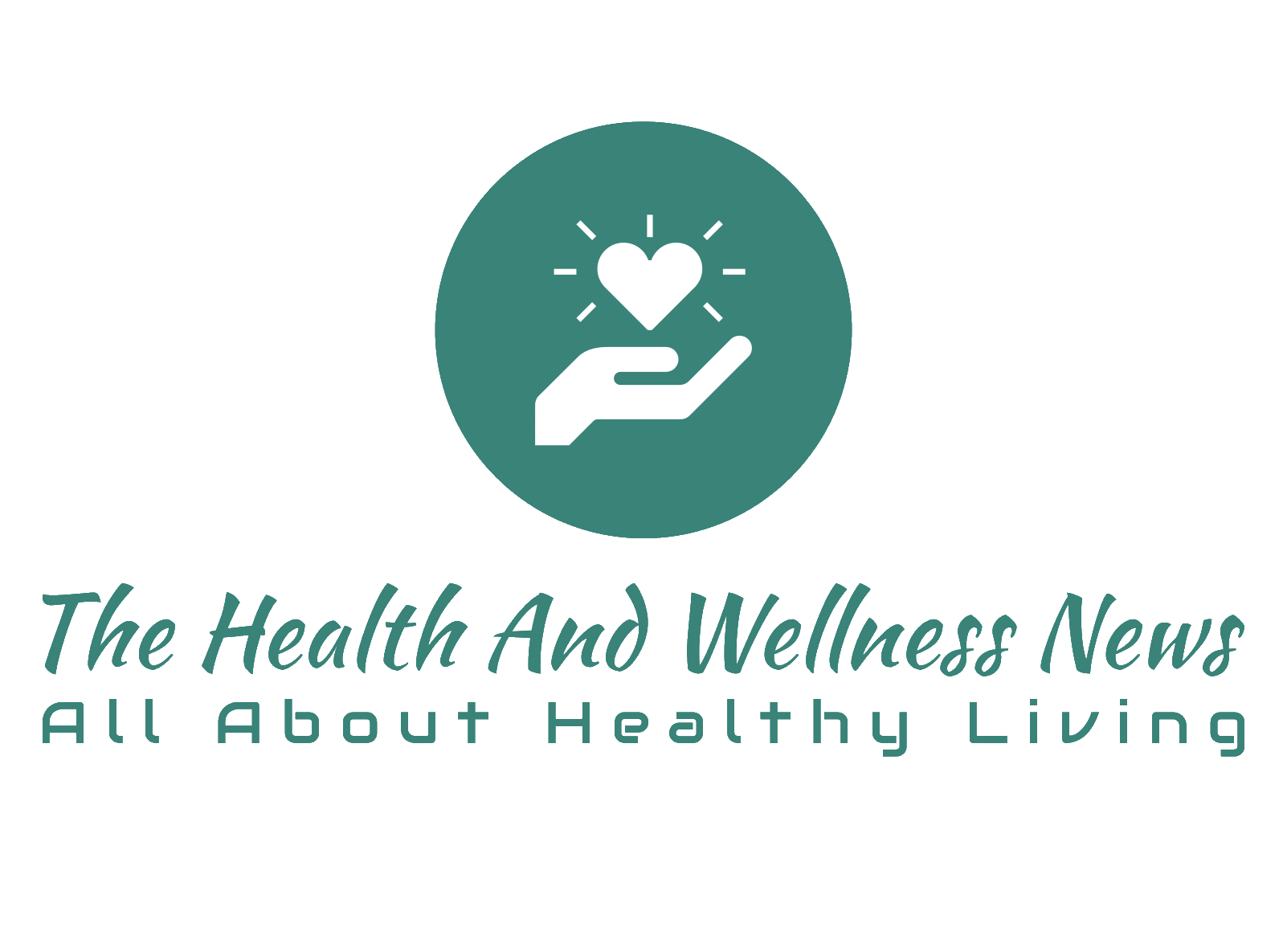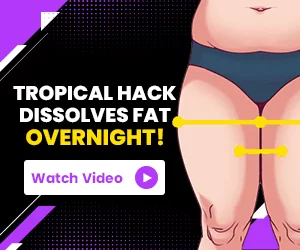Diabetes is a chronic condition that affects millions of people worldwide. It occurs when your blood sugar levels are too high or too low, which can lead to serious health complications if left untreated. In this article, we will discuss hypoglycemia and hyperglycemia, their differences, and how to manage them with insulin control and natural treatments.

Introduction to Hypoglycemia and Hyperglycemia
Hypoglycemia refers to a state where your blood sugar level falls below normal range, usually less than 70 mg/dL. This can happen in individuals who take medications for diabetes or those who have an underlying medical condition such as liver disease or hormonal imbalance. Symptoms of hypoglycemia include dizziness, confusion, sweating, shakiness, hunger, and weakness. On the other hand, hyperglycemia refers to a state where your blood sugar level rises above normal range, usually more than 130-150mg/dl. This happens in individuals with type 2 diabetes, prediabetes, or gestational diabetes. Symptoms of hyperglycemia include increased thirst, frequent urination, fatigue, blurred vision, and dry skin.
Understanding the Difference Between Hypoglycemia and Hyperglycemia
The main difference between hypoglycemia and hyperglycemia lies in the amount of glucose present in the bloodstream. Hypoglycemia occurs due to lack of glucose while hyperglycemia occurs due to excessive amounts of glucose. The body needs glucose to function properly, but having either too little or too much can cause problems.
Managing Hypoglycemia and Hyperglycemia with Insulin Control
Insulin therapy is often used to manage both hypoglycemia and hyperglycemia. For hypoglycemia, you may need to increase your intake of carbohydrates or use glucagon emergency kits to raise your blood sugar levels quickly. For hyperglycemia, you may need to adjust your insulin doses or change your meal plan to better manage your blood sugar levels. Regular monitoring of blood sugar levels is essential to preventing severe fluctuations.
Natural Treatments for Diabetes and its Symptoms
Alongside insulin therapy, there are several natural remedies that can help manage symptoms of diabetes and improve overall health. These include regular exercise, maintaining a healthy weight, eating a balanced diet rich in whole foods like fruits, vegetables, and lean proteins, reducing stress through relaxation techniques like meditation or yoga, quitting smoking, and limiting alcohol consumption.

Conclusion
Hyperglycemia and hypoglycemia are two different yet equally important conditions that require careful management to avoid long-term health consequences. With proper insulin control and lifestyle changes, it’s possible to live a full and active life despite being diagnosed with diabetes.
















